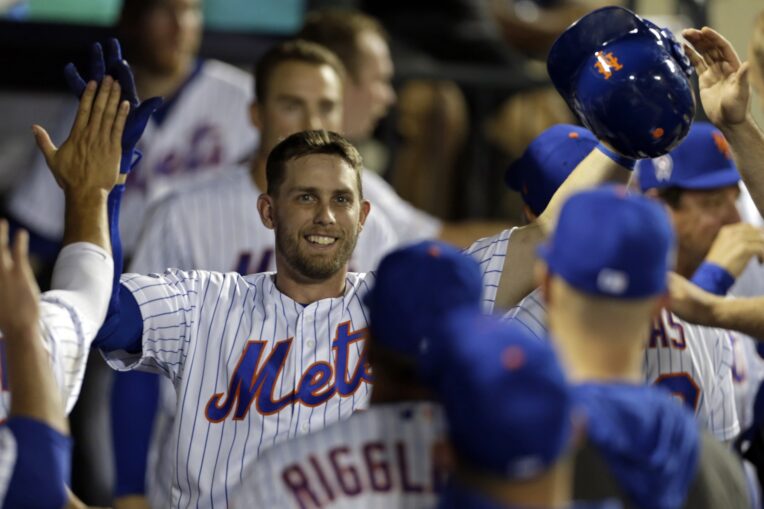
It may still only be February, but temperatures in the northeast are running a little warmer and there was New York Mets baseball on our televisions this past weekend. Life is good, you guys.
With three Grapefruit League games officially in the books, there were a number of first impressions to go over before New York forges ahead with the rest of its schedule. While his weekend consisted of just two at-bats on Saturday, what Jeff McNeil did in the batter’s box stood out to me.
Leading off in the split-squad game at home against the Miami Marlins, McNeil saw two pitches in his first at-bat. He swung at both and connected with the second for a line-drive single to left field:
Jeff McNeil, what else is new? pic.twitter.com/OG8XYwBO8B
— Jacob Resnick (@Jacob_Resnick) February 22, 2020
Is this particularly shocking? No. Is it overly significant? Well, I guess not so much because it’s something we’ve come to expect from McNeil. Let’s consider the circumstances, though, and do so without playing it up too much. After all, it’s just a Spring Training game, and one at-bat in said Spring Training game.
McNeil got the honors of leading off the Mets’ first televised game of the year. Regardless of whether the game counts or not, there are likely some of those typical first-game jitters that every ballplayer gets. Although he claimed to have a “normal” offseason by his standards, he’s returning from wrist surgery he had in October that stole the final few days of his 2019 campaign.
He’s also fresh off a year in which he experienced two very different halves. Prior to the All-Star Game, he was comfortably leading the league in hitting with a .349 average. That went down to .276 following the midsummer classic but included a huge power binge to the tune of 16 home runs and a .285 ISO. While some of his numbers were wildly different when comparing these two periods of time, Gary Cohen so eloquently pointed out — as he always does — that McNeil’s overall production was nearly identical.
Cohen was particularly referencing his OPS, which was .917 in the first half and .915 in the second half. The same could be said about McNeil’s wRC+, which was 146 prior to the All-Star break and 139 after it.
Keith Hernandez pointed out himself that Spring Training isn’t what it used to be. In the past, big leaguers actually used the first couple weeks to get back in shape. Now, dudes report to their respective complexes ready to roll right into the regular season. Despite that, there’s still some inevitable rust to shake off within the first few ballgames.
Except for McNeil, of course. That swing of his looked like it came straight out of a mid-June at-bat. You’d never be able to tell that was his first plate appearances in a live game situation in nearly five months.
From looking at his 2019 performance, McNeil can easily do whatever he wants upon stepping into the batter’s box, and it’s more of a threat now that we know all this home-run power is within him. He’s a master at bat control, making contact, and making the most of what’s in front of him. You can see in the above video that Miami enforced a rather extreme shift when he came to the plate, likely because of his tendency to pull the ball at a high rate (46.3% in ’19).
When many hitters would take that outside fastball and roll it over to the right side to justify the opposing team’s usage of a shift, McNeil just shoots it out to left field, acting like the oft-swinging contact hitter he can be when he wants. But whenever opposing pitchers come in a little more, he’s shown that he won’t be shy about clearing his hips and sending the ball beyond the fence.
Both contact hitters and power hitters are dangerous and effective in their own right. But a player that can play each role at any given moment? That’s the most dangerous type of all, and for the Mets, the most valuable kind of hitter any team can have. Seeing McNeil go oppo in that manner over the weekend wasn’t a surprise — many of us likely expected such an outcome.
It’s just a good reminder that this dude is a gamer and can literally do whatever he wants with the bat in his hands.















